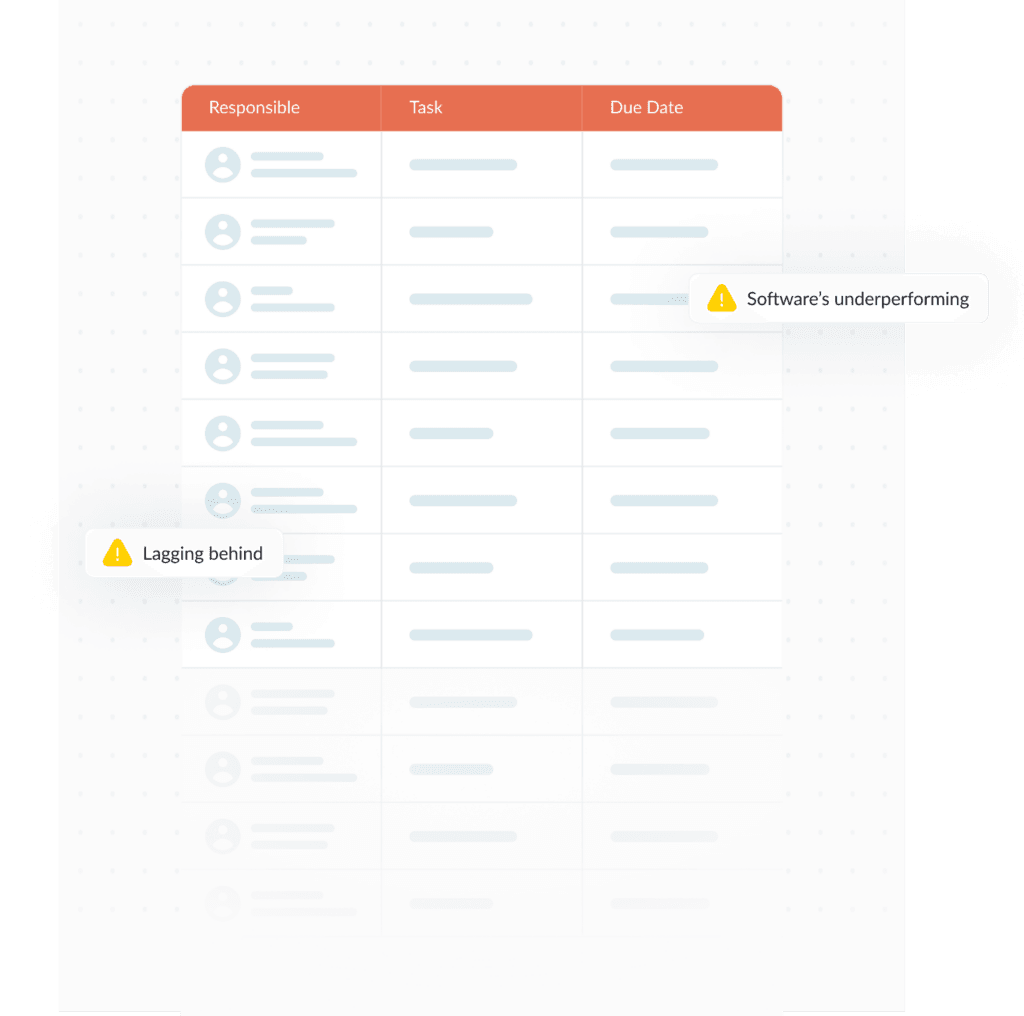Why EDM?
Stemscale’s Enterprise Data Management (EDM) delivers a robust framework and advanced tools for effective data-driven decision-making. Our integration of analytics with ERP systems streamlines processes and enhances operational efficiency without the need for expensive custom development. Our strategic approach delivers actionable insights, optimizes operations, and drives significant cost savings, enabling your business to leverage data for a competitive edge
If you’re reading this, you’re probably a business looking for help rather than offering it. If you’re not in the business of providing help, you might not realize that very few companies really know their numbers—things like their margins, Customer Acquisition Cost (CAC), Lifetime Value (LTV), and the scale they need to reach. Answering the easy questions, like those about brand values, doesn’t cut it—talking up brand values is all well and good, until you start dodging questions about the numbers.
Unlocking Insights
EDM has answers to so many questions you shouldn’t miss asking, and insights too valuable to overlook:
- Are we burning the house to roast the pig?
- Is this conclusion supported by a sufficiently large data sample?
- Is that what really happened?
EDM is the medium that supplies the nutrients and the right temperature for a data-driven decision-making culture to flourish. Without the medium, data-driven decision-making is just a hollow slogan

Complementing ERP With Business Intelligence
We’ve leveraged our EDM to provide the framework and practices for successful deployment and optimal operation of enterprise resource planning (ERP) systems, including customer relationship management (CRM), supply chain management (SCM) and other ERP functionalities as well as e-commerce platforms.
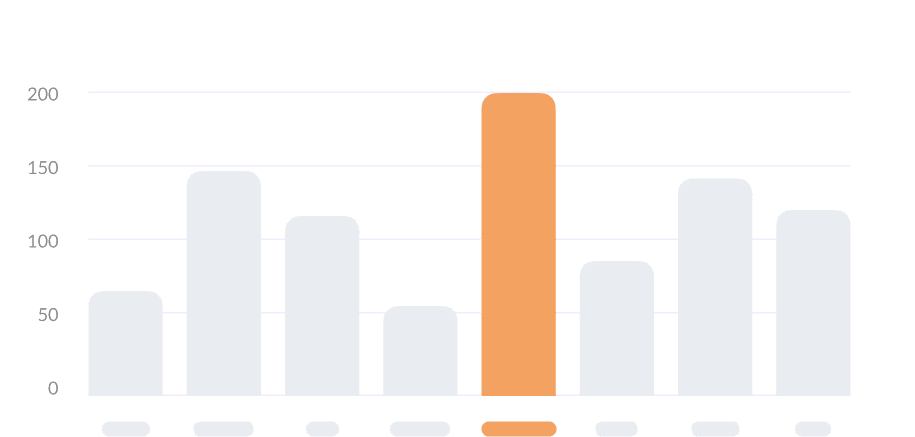
Integrating Business Intelligence With ERP
We deploy business intelligence (BI) tools, such as Power BI and process & task mining for analytics and reporting in a way that reduces the need for expensive custom development within Enterprise Resource Planning systems (ERP). We needed only to automate the process of feeding ERP data into our BI tools rather than integrate every BI functionality into ERP systems. We believe creating a single tool with combined ERP and BI functionalities is a pipe dream.
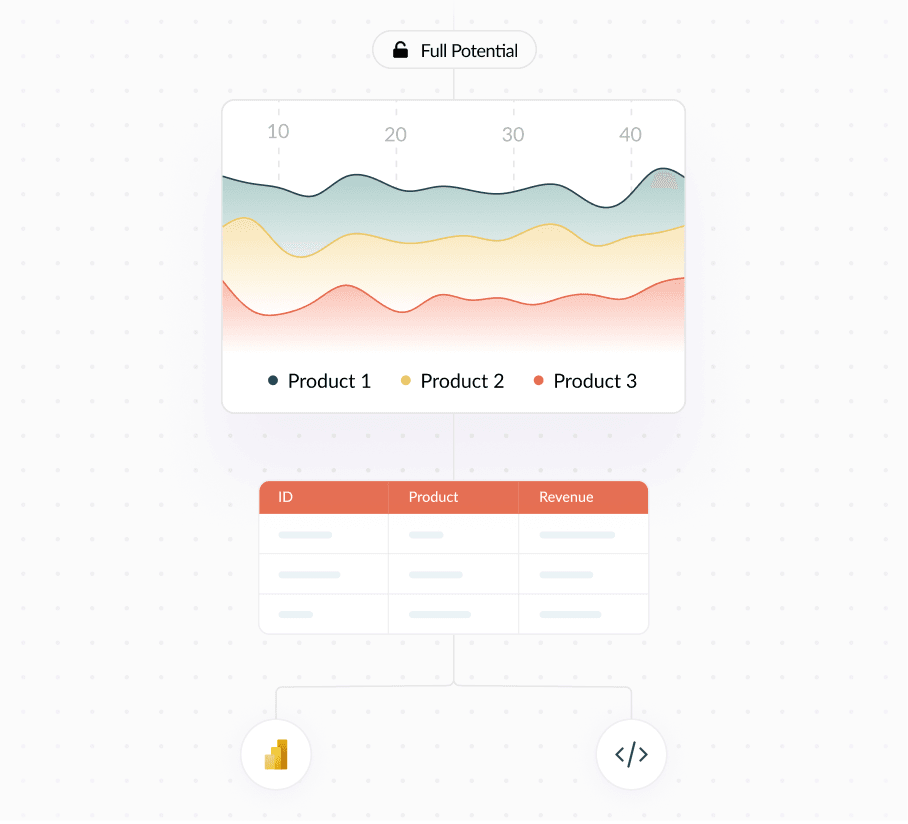
We’ve seen the deployment of the business intelligence (BI) tools
save businesses a lot of money by reducing the need for adapting and rejigging their ERP systems for BI purposes
turn data into actionable insights that fuel strategic decisions
boost operational efficiencies
give businesses a taste of unlocking the full potential of their data and generating data they previously lacked.
Explore challenges and opportunities from fresh angles to
find out if you’re among the rare businesses that actually know their numbers
figure out what, if anything, is keeping you from operating at full tilt
reimagine how your company functions and explore new ways to pivot in the face of unexpected obstacles and opportunities
streamline your operations and cut costs along the way
eliminate long-term bottlenecks embedded in your production process
serve your customers in ways that keep them coming back for more.
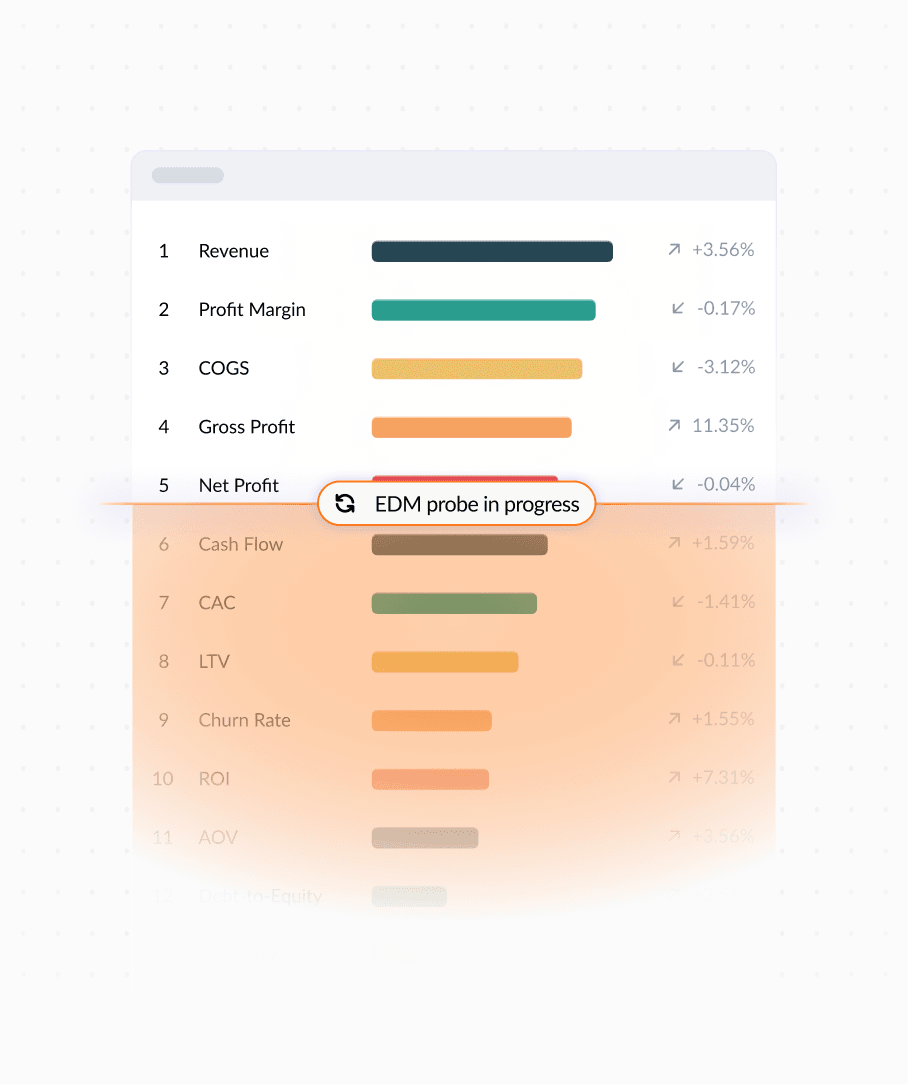
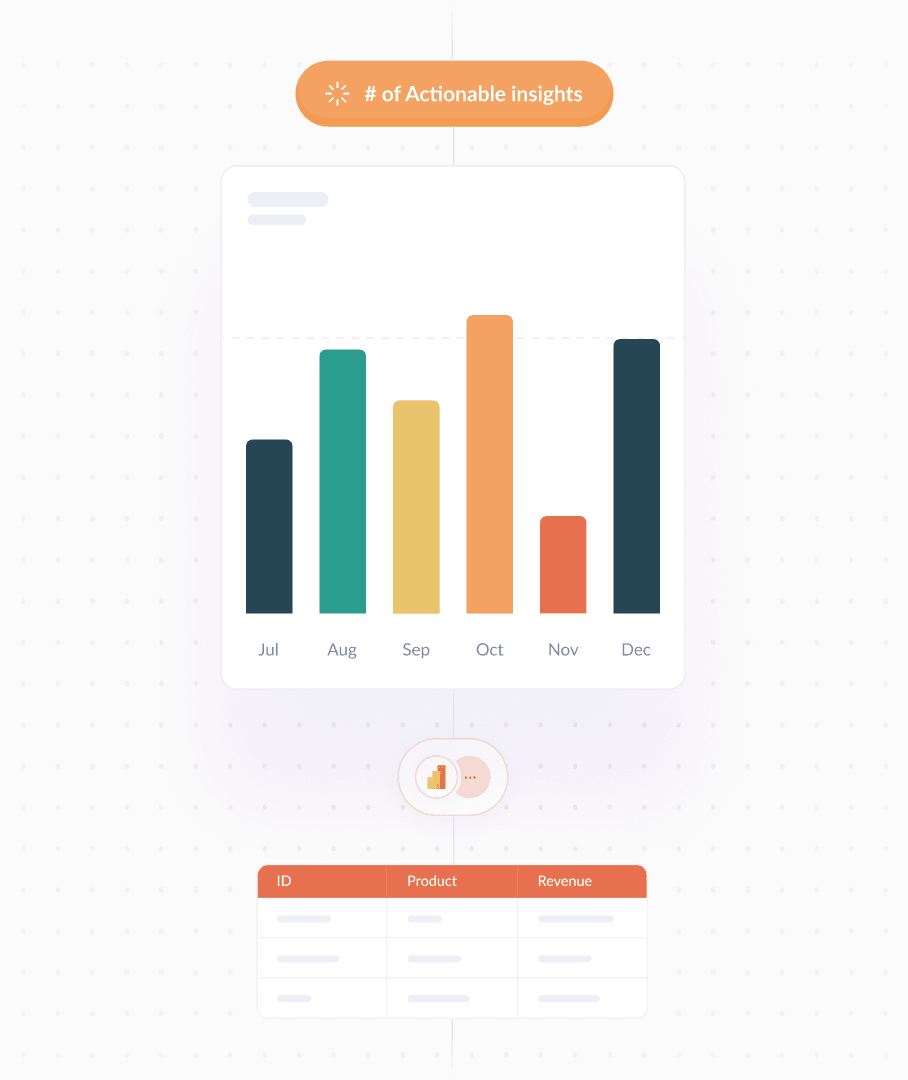
Our Business Intelligence (BI) Process
We harness the power of Power BI’s analytics to turn data into actionable insights, boost performance, enhance decision-making, and shape future outcomes.
We’re big fans of our BI tools because they’ve taken us places we couldn’t have reached otherwise. Their incredible machine learning capabilities help us manage the chaos of our unstructured thoughts and hypotheses, make sense of data variations, interpret large datasets, and connect data points. Honestly, that’s more than enough for us to fall head over heels for our BI tools and feel truly grateful.
Here’s how BI tools have changed the game for us. Once you see what’s possible, you’ll want to start exploring too.
Find your industry-specific examples in Industries
The BI Process
find your industry-specific examples in Industries.
-Summarize and visualize historical data to understand what has happened.
-Use dashboards, reports, and data aggregation to highlight key metrics and trends.
-Provide a clear snapshot of performance using KPIs, charts, and summaries.
Unearth the Truth.
Go beyond the surface. We’ll uncover why things happen by relentlessly analyzing data. This means spotting anomalies, understanding KPIs, and revealing connections you’d never find alone. Prepare to see the unseen and predict the future.
-Forecast future possibilities by analyzing past trends and patterns
-Explore the blend of statistical techniques and machine learning capabilities offered by Power BI & other BI tools
-Identify necessary actions to achieve specific objectives
-Tackle problems under uncertain conditions by analyzing data that you collect/we have you collect
-Soldier through data collection: the larger the data sets, the better job Power BI’s machine learning technology does of discerning patterns
-Leverage the patterns you discern to achieve different outcomes
You’ve laid the groundwork. Now, see clearly:
-You’ve meticulously integrated diverse data, unearthing hidden patterns.
-You’ve ensured your BI tools learn and adapt, continuously sharpening their insights.
-You’ve patiently built the bedrock for profound understanding.
It’s time to reap the rewards:
-Grasp the true story behind every data variation.
-Conquer complexity, interpreting vast datasets with effortless clarity.
-Forge undeniable connections between every data point.
Suddenly, no conclusion is a leap of faith. This is the satisfying power—the sheer beauty—of warranted inference.
Peeling Back the Layers
We identify and eliminate unnecessary steps, reduce redundancies, and optimize workflows to achieve better results with fewer resources
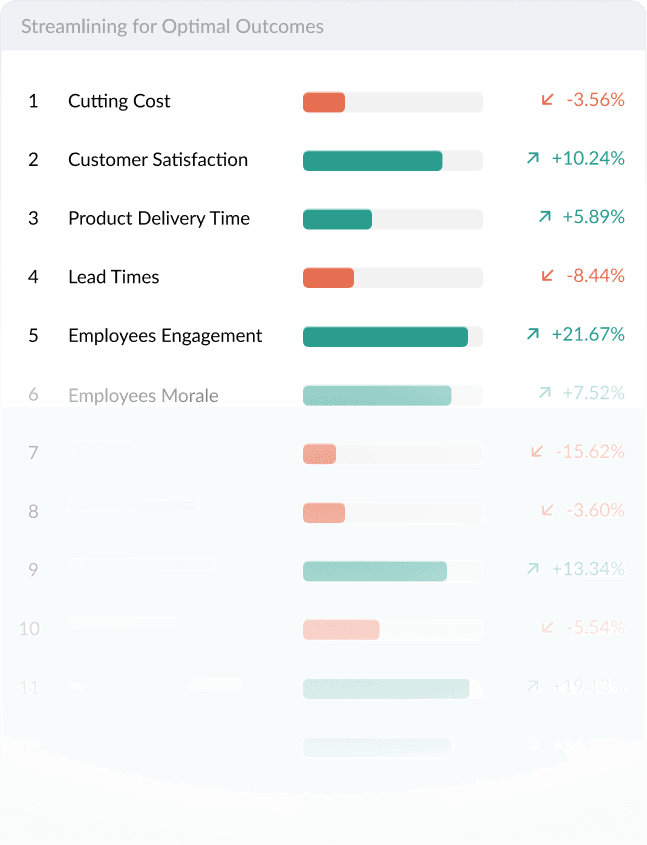
Staying Competitive
More often than not, you can’t do without streamlining if you want to stay competitive. Eliminating waste and picking up slack can be fun, so you’re likely to love not just the outcomes but also the process of putting your resources to better use. Fun or not, we can’t think of a better shortcut to optimal outcomes. We’ve seen streamlining boost productivity and improve overall performance by:
Balancing Efficiency and Quality
Essentially, streamlining means stepping out of your comfort zone to break free from the familiar so you can work smarter, not harder—that’s efficiency. It might involve adopting new technologies or reorganizing your processes, but it’s worth the effort.
However, the pursuit of efficiency might come at a cost, like quality and other important aspects of the business getting compromised. So, we pause every now and then to see whether streamlining has delivered on its promise.
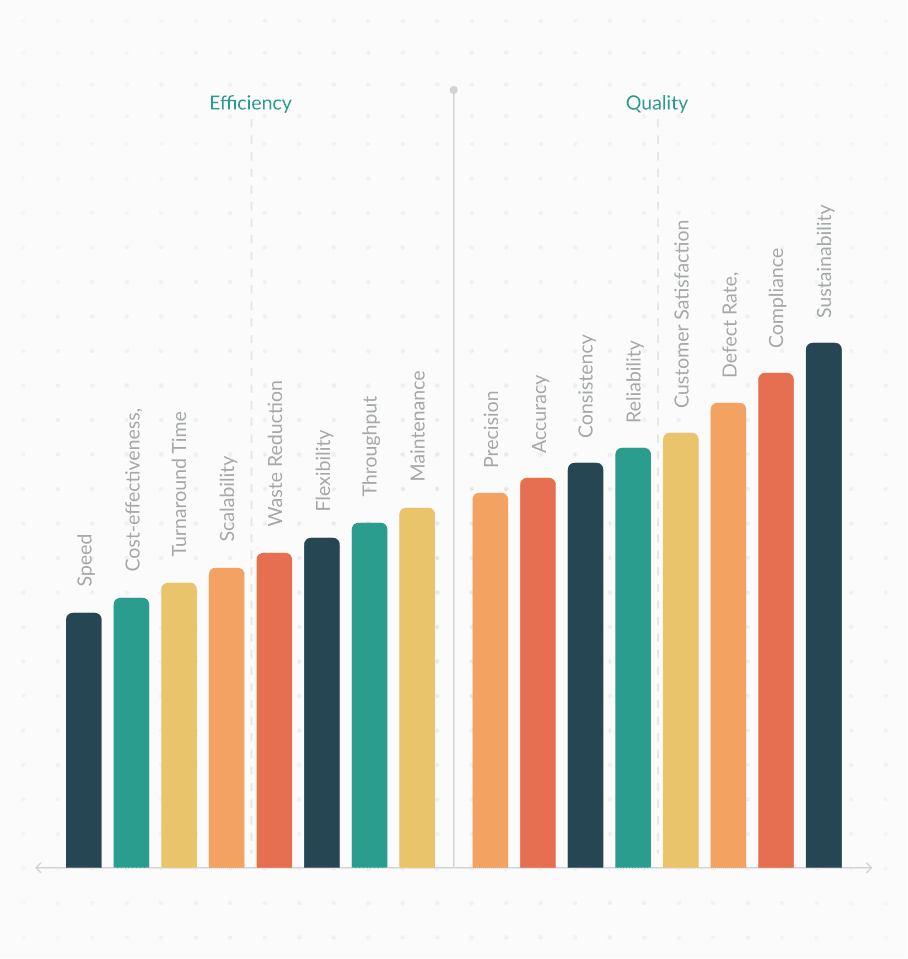
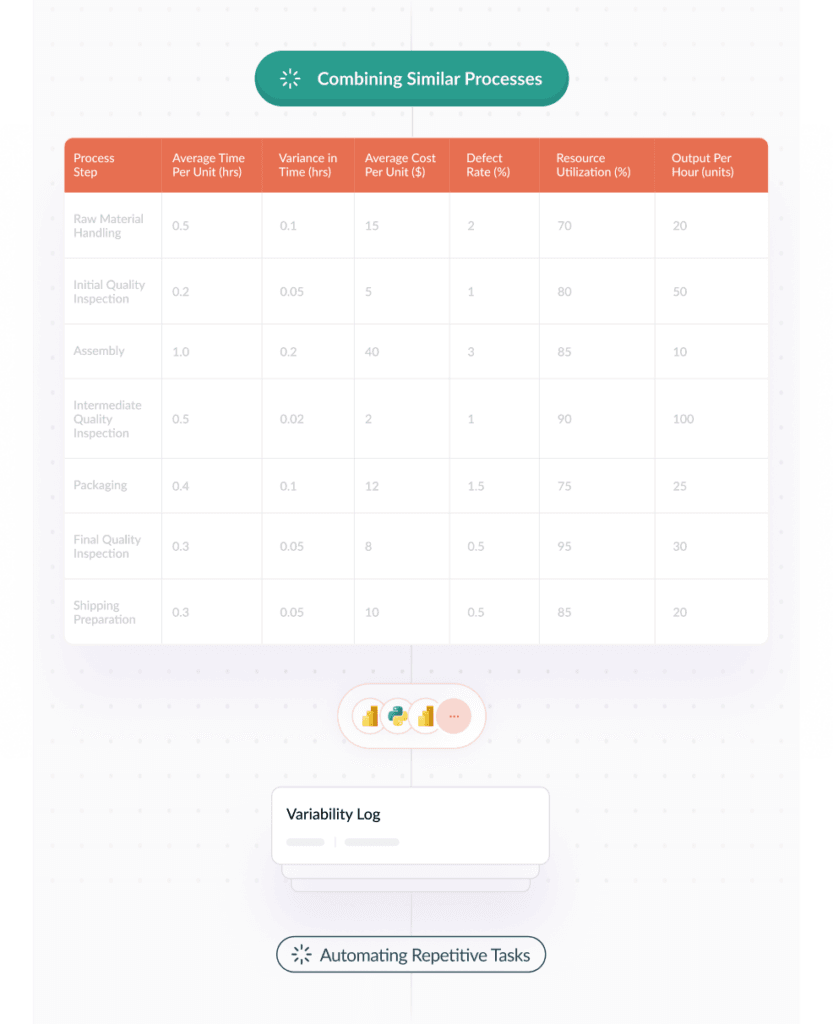
Our Streamlining In 7 steps:
Map out every step of the processes to identify bottlenecks, redundancies, and inefficiencies, if any
Identify repetitive and time-consuming manual tasks within your workflow to automate them
Get clear benchmarks for success and areas needing improvement with our performance metrics and key performance indicators (KPIs)
Reduce layers of management & combine similar processes to reduce redundancy and improve efficiency
Reduce variability across the organization by creating consistent and standardized processes and procedures
Stay responsive to changing needs through mechanisms for regular feedback from employees, customers, or other stakeholders
Pause every now and then to see whether streamlining achieved its promise
Find your industry-specific examples of how you can apply these steps in Industries
Embracing a culture of experimentation is key for genuine digital transformation—staying curious, being ready to test out new ideas, and keeping flexible with changes
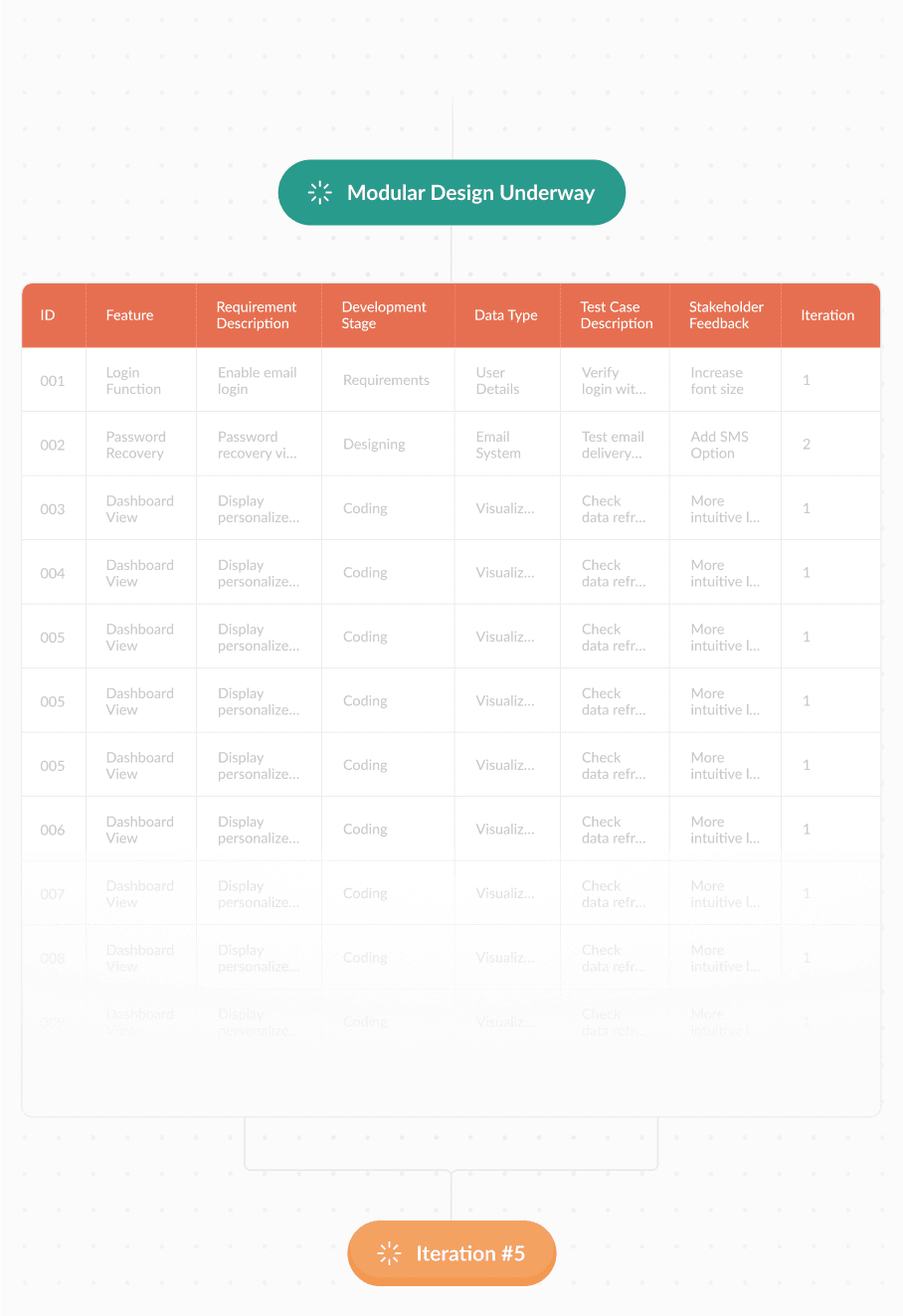
Embracing a Culture of Experimentation
What could you be experimenting with? A new commercial model or maybe some innovative products? What does it take to roll out a new commercial model or introduce innovative products?
Here’s our take: it all comes down to a culture that rewards learning and doesn’t penalize failure. That’s the essence of experimentation. From what we’ve seen, when leaders support experimentation and employees are eager to dive in, it can truly work wonders
Nimble Proofs of Concept (PoC): We help you whip up quick, streamlined Proofs of Concept to try out your ideas
We ensure your products or ideas can scale by:
performing repeated tests and making key iterations
employing strategies like Modular Design (MD), which breaks down the product or idea into independent, scalable modules. This approach makes it easier to scale and upgrade individual components without disrupting the entire system
We support our clients in gathering requirements, designing, coding, and testing their software in iterative cycles, constantly incorporating feedback from stakeholders every step of the way.
Effective Enterprise Data Management (EDM) puts data right at your fingertips. But how do you figure out when you need data, which data to pick, and what you need it for?
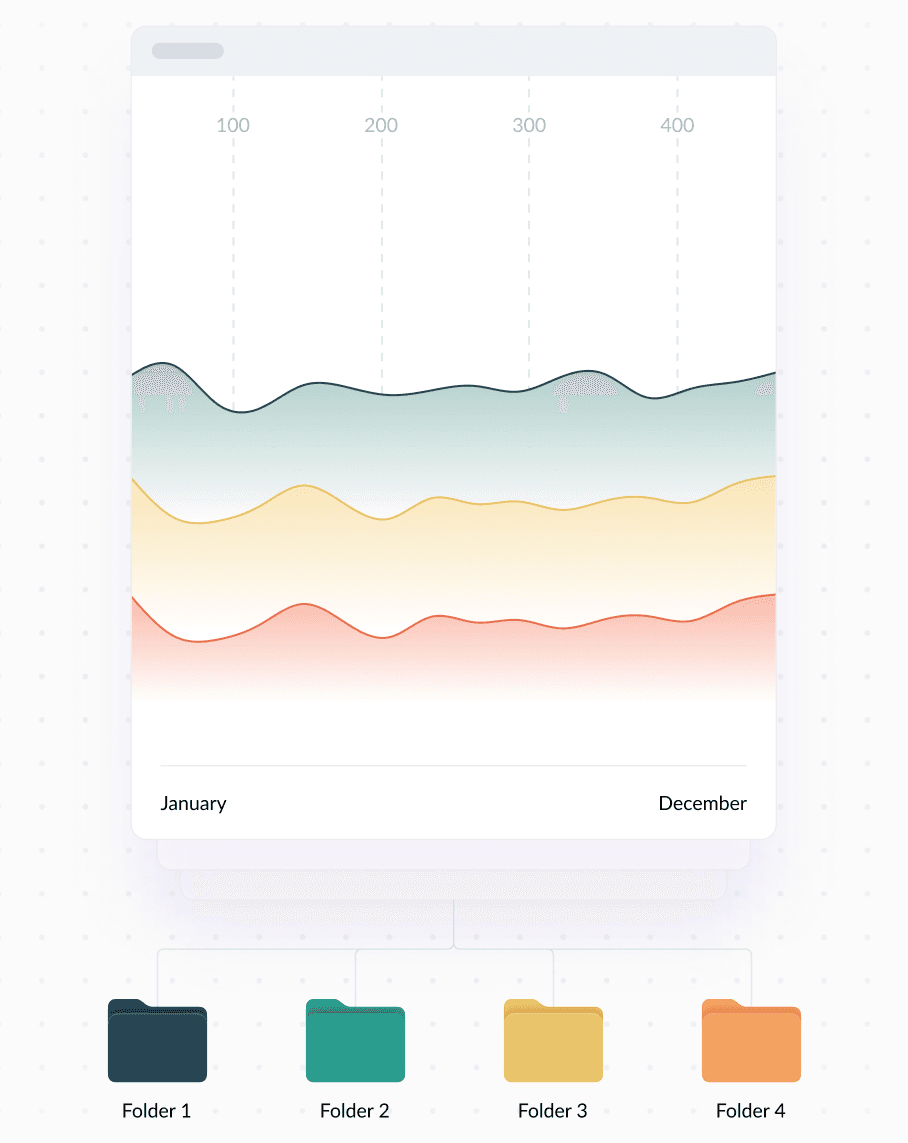
The next two questions on our retrievability checklist are:
How can you best manage the data throughout your business’s entire data lifecycle, documenting and directing its flow from ingestion to usage?
How do you store the data so that you easily retrieve what you need?
The answer to retrievability lies in custom standardization to a point where everyone on your team can retrieve all the data they need within predefined time ranges, which will vary depending on the data in question. Retrievability is an advantage that needs to be earned. It can be a feat of engineering and maintenance, requiring:
cleaning and standardizing data
regular data audits to track what data is produced, used, or deleted throughout a business cycle, including often-overlooked data like emails and notes
While these three steps of retrievability might seem mundane, executing them properly can be incredibly challenging, intensive, and complex for businesses that fail to realize what retrievability offers—even as they spend considerable time searching for needles in their data haystack.
We see Process Mining (PM) and Task Mining/Task Management (TM) as two sides of the same coin — that
coin being efficiency. Consequently, we’ve integrated the three under our Efficiency Forensics (EF) so
our PM and TM services come together
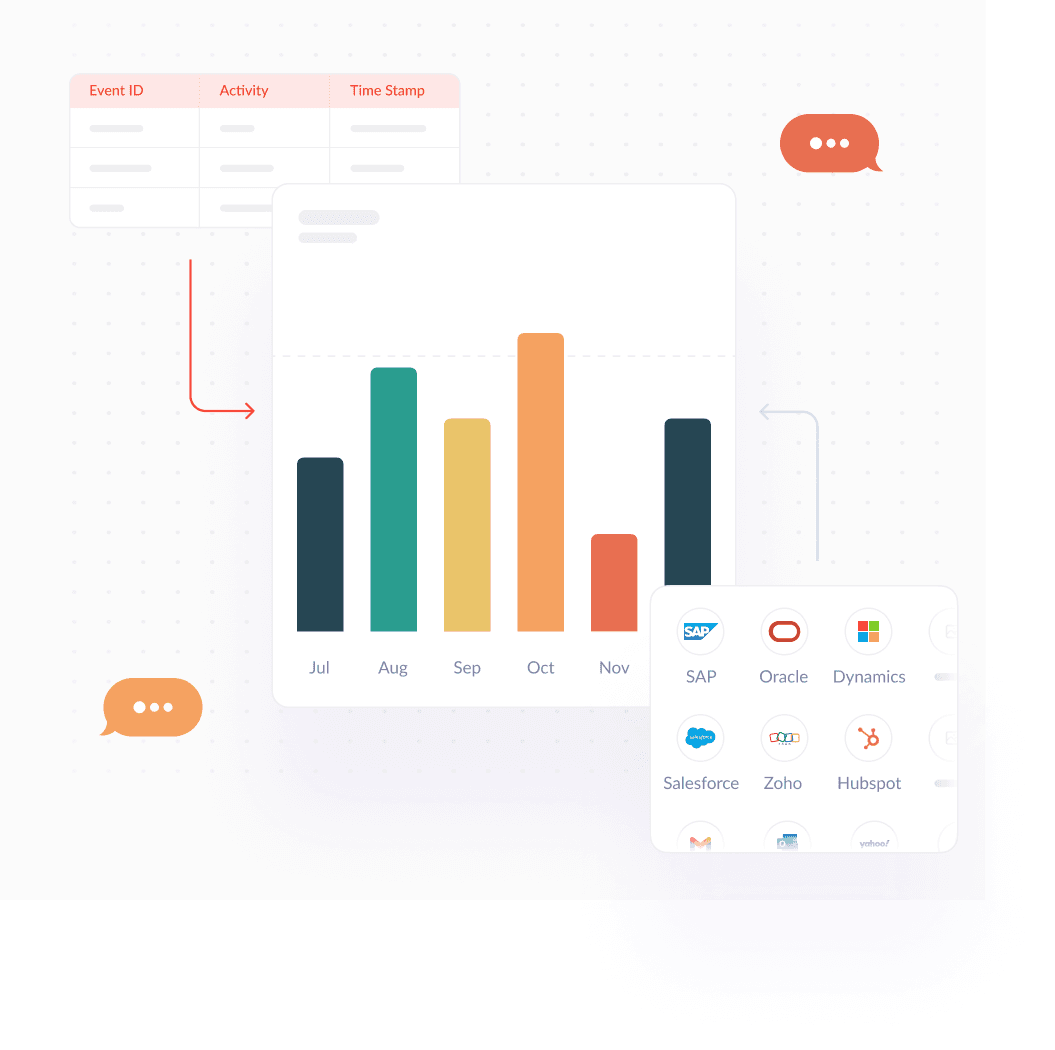
Understand Your Business Processes
Let’s delve into data from IT system event logs across your key business processes—marketing, sales, production, distribution, and customer service—to pinpoint which areas need a boost for better efficiency.
Let’s spur your data into talking so we can fine-tune your operations. You won’t believe how much your transactions, user activities, and system messages reveal about your company’s strengths and weaknesses until they do.
Let’s turn your data into clear visual representations of actual process flows.
Task Execution: Why Things Get/Don’t Get Done?
Discover how tweaks in your team’s task execution can boost efficiencies, leading to more money for everyone
Let us offer you an eye-opener on how task execution flows through your business from start to finish — track who did what, when, and how efficiently
Set up alerts for frequent unexpected events or when you’re on the brink of missing deadlines—something that happens more often than we’d like to admit
More hands on deck? A different software? Or perhaps the entire setup needs a rethink?
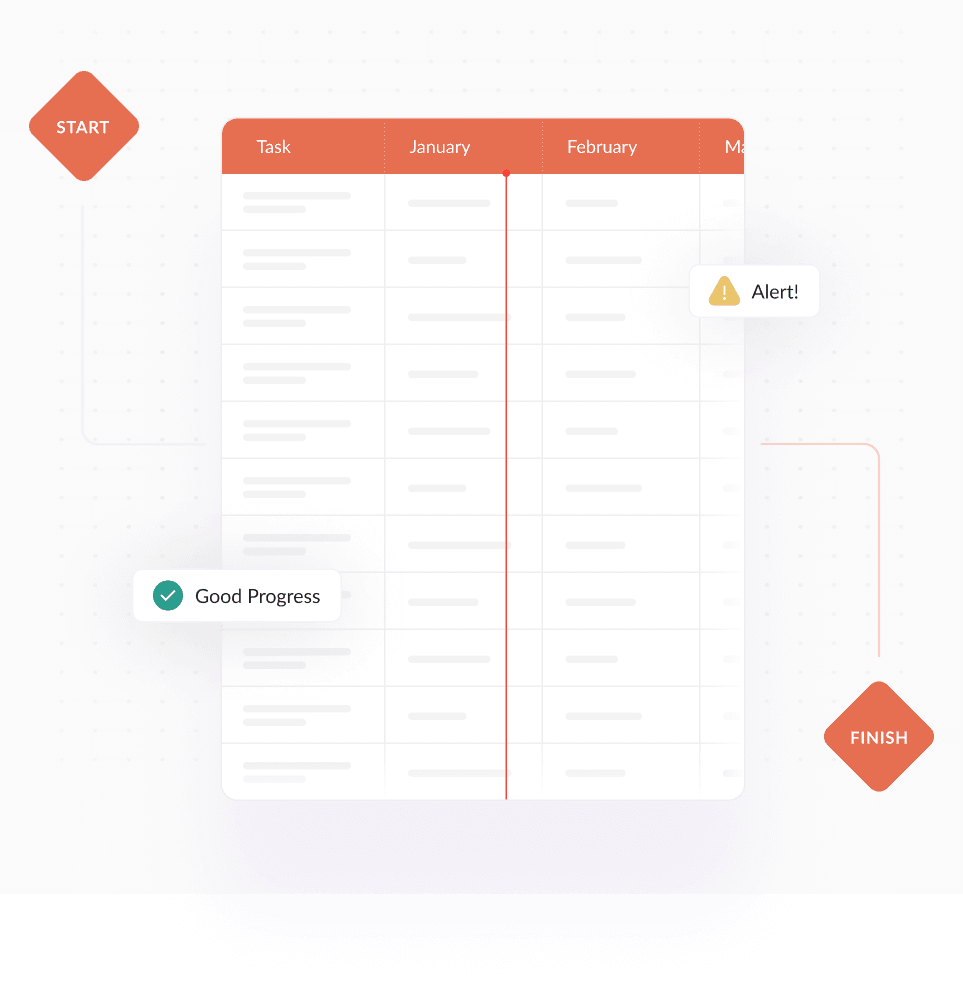
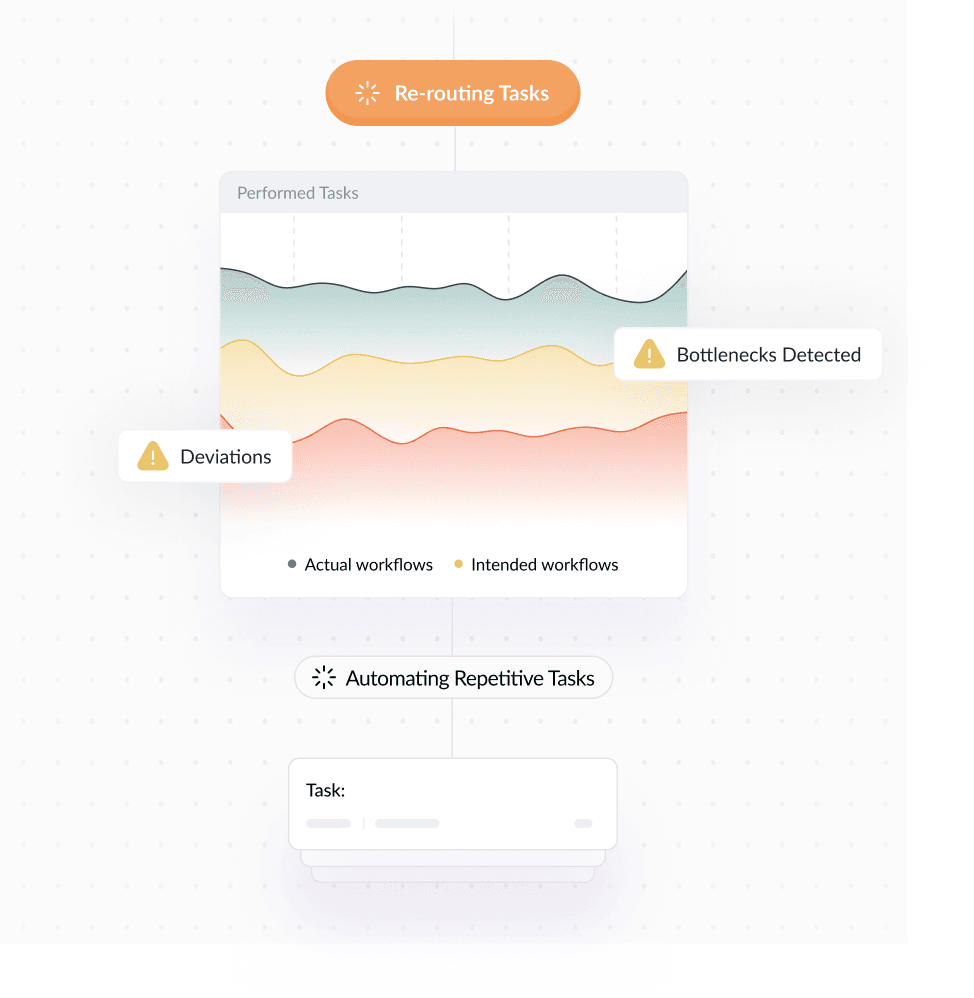
Improving the Process
Here’s how we refine your processes — by automating certain steps, rerouting tasks, or eliminating redundant activities (for more detail, see the Streamlining section below):
We show how tasks are actually performed — mapping their flow from one stage to the next.
We reveal actual workflows to contrast them with their intended designs. They say the true hell is when who you are meets who you could have been. In business, it’s witnessing how your business runs and realizing how it could have been running more effectively all along. We uncover your actual workflows, lay them out next to the intended models—the way things were supposed to work. This eye-opener reveals the true bottlenecks, the missteps, and all those little rule-benders or shortcuts that keep your operations from being what they could truly be.
We pinpoint deviations, bottlenecks, and non-compliant activities, such as unauthorized alterations to data or executing tasks out of sequence, which disrupt the planned process flow.
Our Process Mining In 5 steps
Gather event logs from various IT systems, databases, and applications to record all relevant events within the process, including timestamps, user or system actions, and outcomes
Cleanse and prepare the collected data for analysis by filtering out irrelevant information, correcting errors, and standardizing the format to create a consistent dataset that accurately reflects the business processes
Construct a process model using algorithms to visualize the sequence of activities in the process, thereby understanding the actual workflows and identifying the most common paths and deviations
Compare the discovered process model to an existing model or predefined rules to check for conformance and identify compliance issues, bottlenecks, and inefficiencies
Enhance the process model based on insights gained from conformance checking to optimize processes, automate tasks, and implement control measures for better efficiency
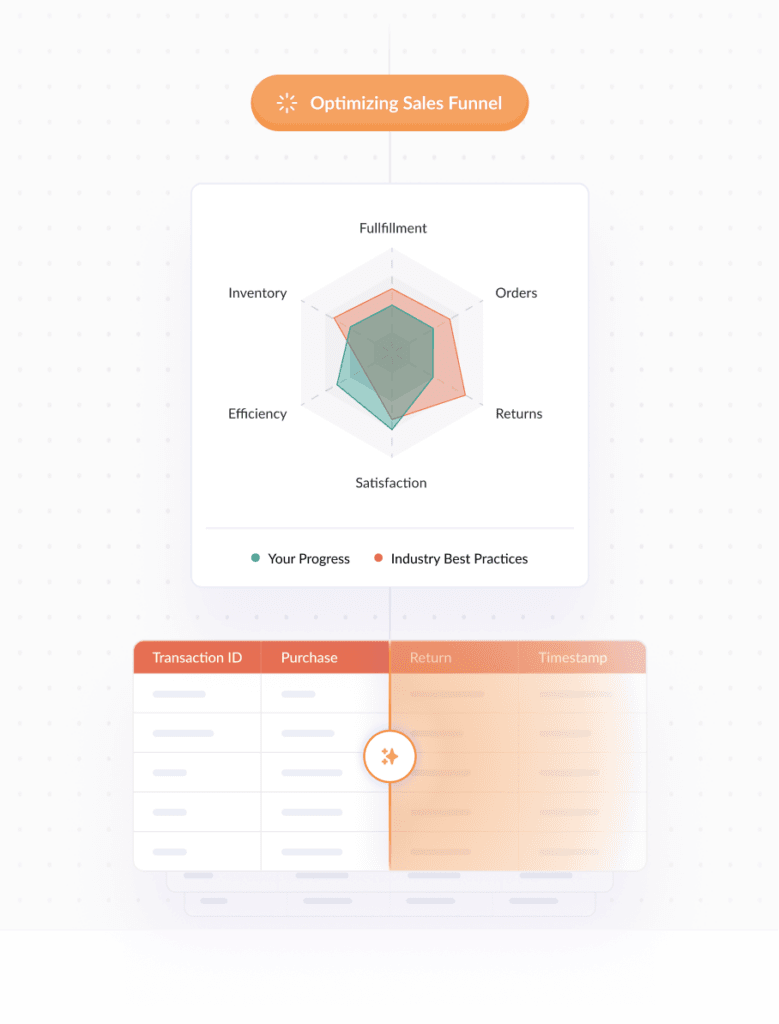
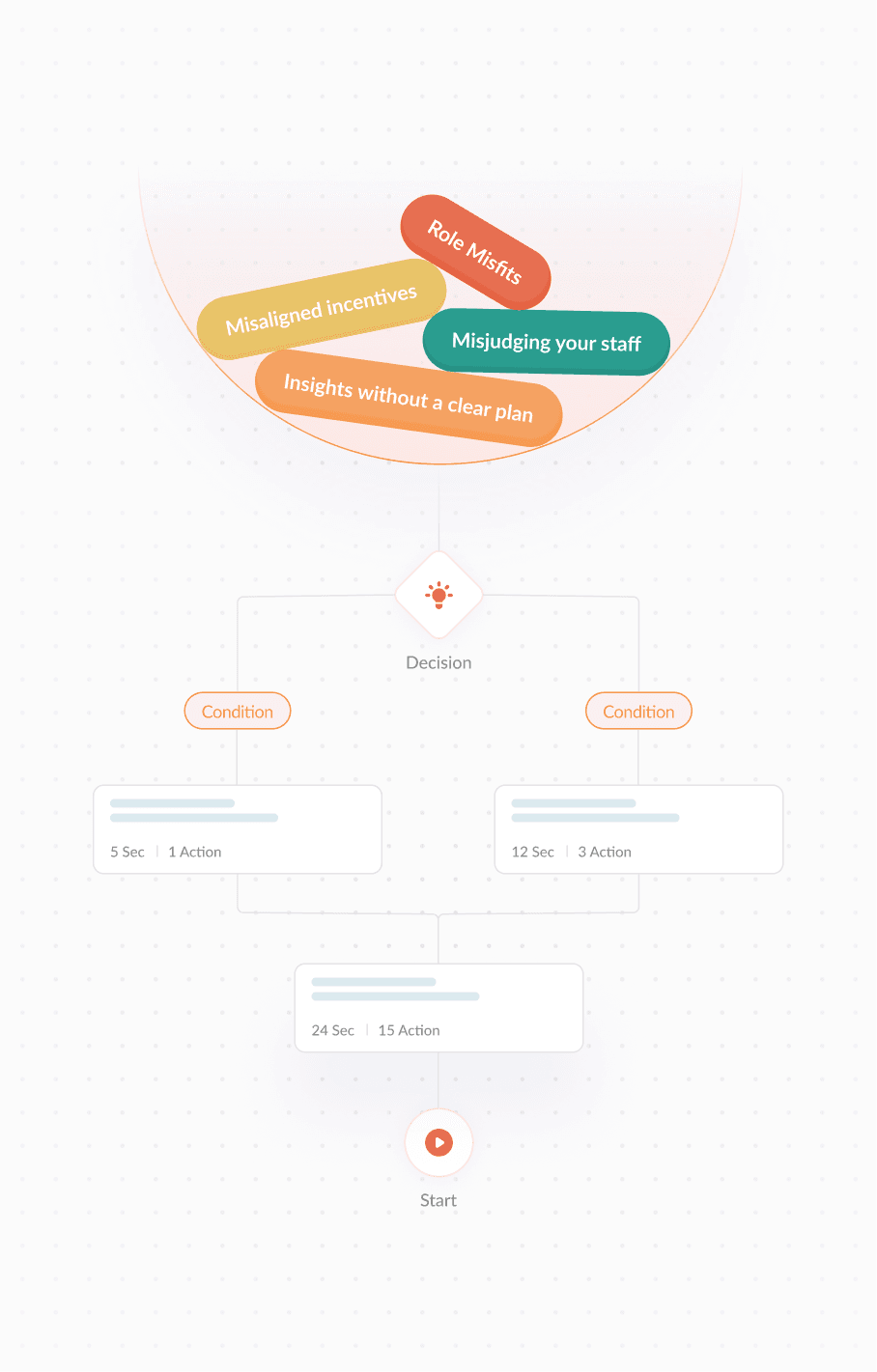
Task Mining Pitfalls
- Generating insights without a clear plan for implementation
- Taking too long to spot role misfits: some folks just aren’t suited for their current roles
- Mislabeling your staff as lazy when they’re actually misplaced or when incentives don’t match their motivations
Circumventing Pitfalls
To get around these pitfalls, our Efficiency Forensics has evolved into a comprehensive, bird’s-eye view fault-finding exercise, encouraging experimentation as elaborated in Experimentation and Fault-Finding. We deploy software applications and systems to help you:
- gain insights into how your employees spend their time
- identify patterns and optimizing workflows
- capture and analyze user interactions with digital systems to better understand and document the sequence of tasks performed.
What Sets Efficiency Forensics Apart From Other Conventional Tools?
Unactionable Insights
We were bad process & task miners before we were good, learning from our bittersweet journey. Eventually, this led us to develop a strong distaste for unactionable insights. Motivated by our experiences, we challenged ourselves at every step to generate insights that actually increase income.
We found that standalone process and task mining don’t provide as many actionable insights as Efficiency Forensics. Our Efficiency Forensics, which integrates process and task mining with task management, isn’t just about cutting costs. It’s about creating efficiencies that translate into more income. That’s what we call actionable.
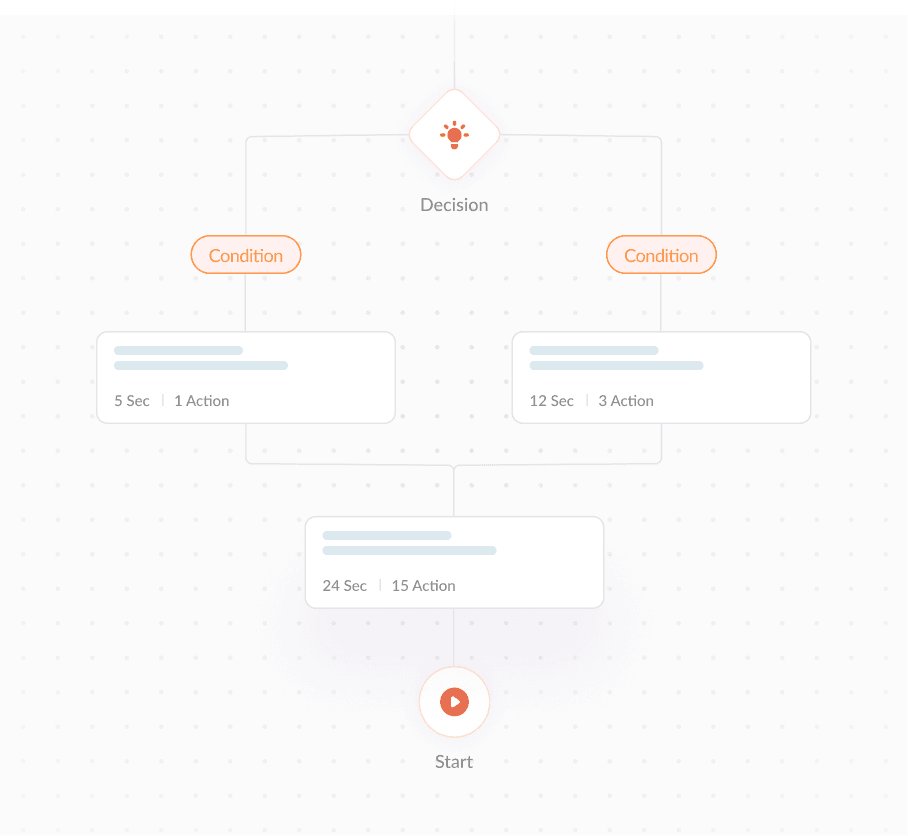
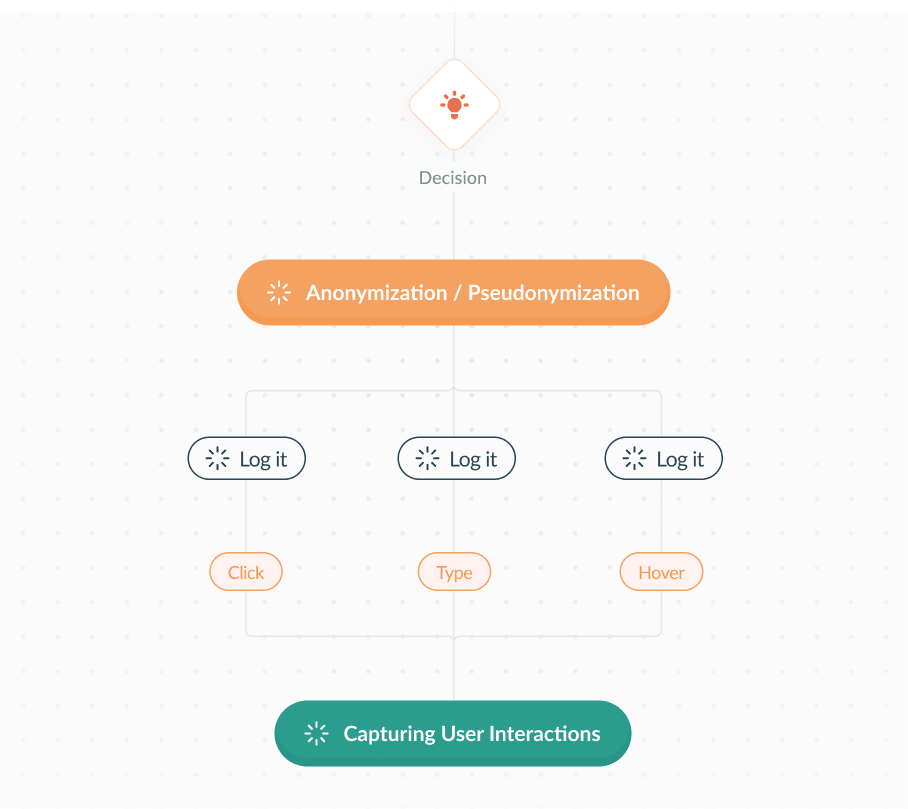
Can Conventional Task Mining Be Counterproductive?
To provide insights into your business processes task mining looks at user interactions (clicks, typing, etc.) with software applications that keep logs, thus capturing actions happening on users’ desktops. While no business can afford to disregard insights into how tasks are executed, task mining does raise privacy concerns from employees whose computer usage is monitored as well as making them unhappy. We knew we did not want to be snooping so we found a way to do effective task mining through anonymization and pseudonymization.
Can Conventional Task And Process Mining Be Misleading?
External Data Gaps
Conventional task and process mining tools often struggle
to understand why tasks are executed the way they are without information on their organization and oversight
to connect seamlessly with various software, limiting effectiveness in capturing comprehensive data across platforms
to interpret the context in which your staff operate
to account for external factors, such as recent equipment malfunctions or material shortages
to accurately identify the cause of a bottleneck—be it a flaw in the process, team performance, or other factors
to grasp the reasons behind specific actions or the overall workflow context
to see the full picture: some task and process mining tools may capture incomplete or inaccurate data, failing to reveal true bottlenecks or inefficiencies
This is why we’ve integrated task mining with task management —to give you a comprehensive view of task execution, including insights into why failures occur.
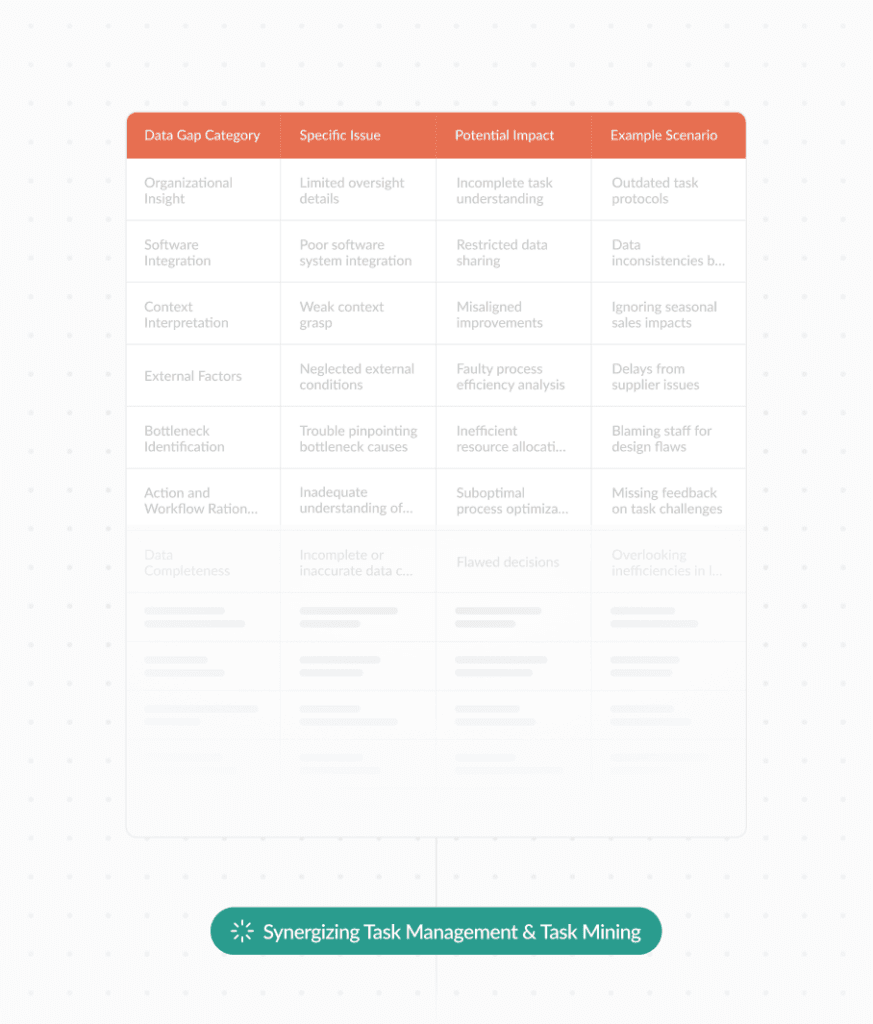
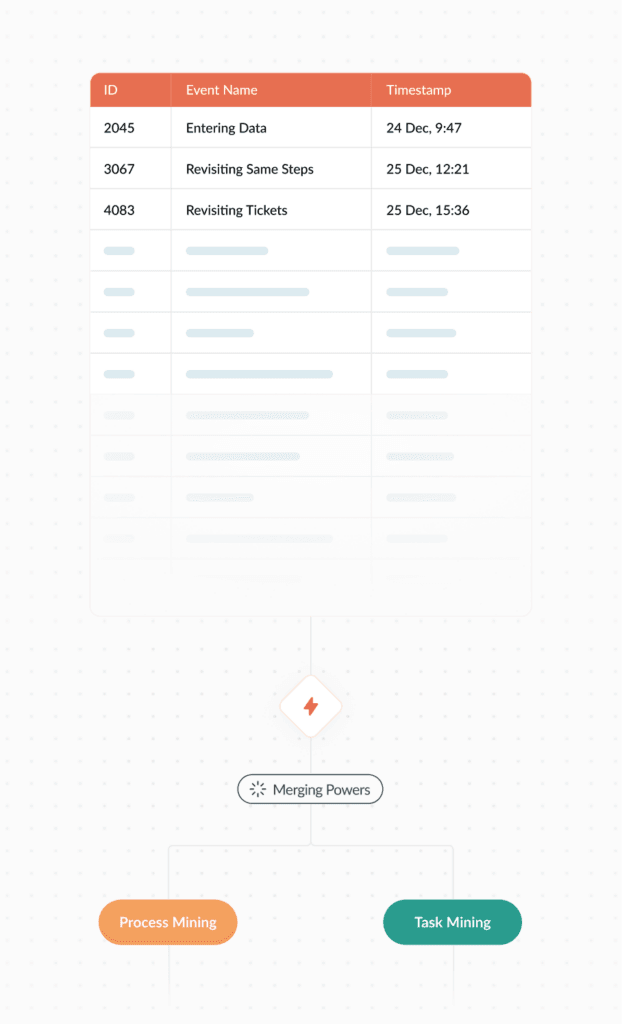
Internal Data Gaps
And don’t even start us on the gaping data gaps in conventional process and task mining, especially process mining. These gaps often stem from limitations in process mining (PM) & task mining (TM) capabilities rather than a failure to integrate data across different platforms:
PM & TM struggle to accurately capture the time it takes to complete specific steps, such as data entry
While PM & TM can track event names, IDs, and timestamps for basic process steps within a single system, they often miss regular working patterns
PM vs TM
Process mining (PM) is largely an impersonal, mechanistic process without any form of consciousness. In contrast, task mining (TM) is deeply human-centric, reflecting the nuanced layers of staff awareness. The impersonal nature of PM and the personal focus of TM both have their limitations. Thus, both PM&TM require extensive contextualization and complementation to effectively mitigate these limitations. Without integrating relevant non-PM&TM data, you might realize too late that you are dealing with:
Your business processes, rather than your team, are to blame for a failure
Conversely, it might be your team that is at fault, not the business processes as initially thought
External factors that have been overlooked at various stages
If your business processes are falling short, the buck typically stops with the C-suite. If you are the C-suite, issues flagged by your PM tools are yours and your peers’ to anticipate, manage, and rectify—especially when they trace back to your team.
By contrast, our Efficiency Forensics will flag snags before they escalate into failures, so you won’t have to play the blame game.
Intelligent Automation
Logging tasks makes both task and process mining possible. A tiny minority of companies both log tasks and follow them up. A vast majority of companies either don’t log tasks or if they do, they never follow them up. Either way, things don’t get done. If you log tasks but never follow them up, overwhelming odds are that your task mining software sucks. If you don’t log tasks, you need help. Either way, you need software solutions that work.
A 2022 survey by Deloitte pinpointed that the fragmentation of processes, lack of a clear vision, lack of IT readiness and resistance to change stand as the foremost barrier to the implementation of intelligent automation in numerous organizations.
The Deloitte survey also showed that if organisations are not afraid to embrace digital disruption, they are more likely to survive and thrive in the world of perpetual technological change. As per the survey
Organizations that moved beyond piloting intelligent automation have achieved an average cost reduction of 32%, up from 24 % in 2020
Radically re-engineering processes and using multiple intelligent automation tools in a financial services firm helped reduce costs by over 70% in a targeted area
The average payback period for those piloting intelligent automation increased from 16 months in 2020 to 22 months in 2021/22. While the payback period may be longer, it is still under 18 months and the overall benefit to the organization is greater
Many organizations miss out on communicating the positive outcomes of their automation programs. By calculating and communicating these achievements, organizations can unlock further investment and increase their impact.
